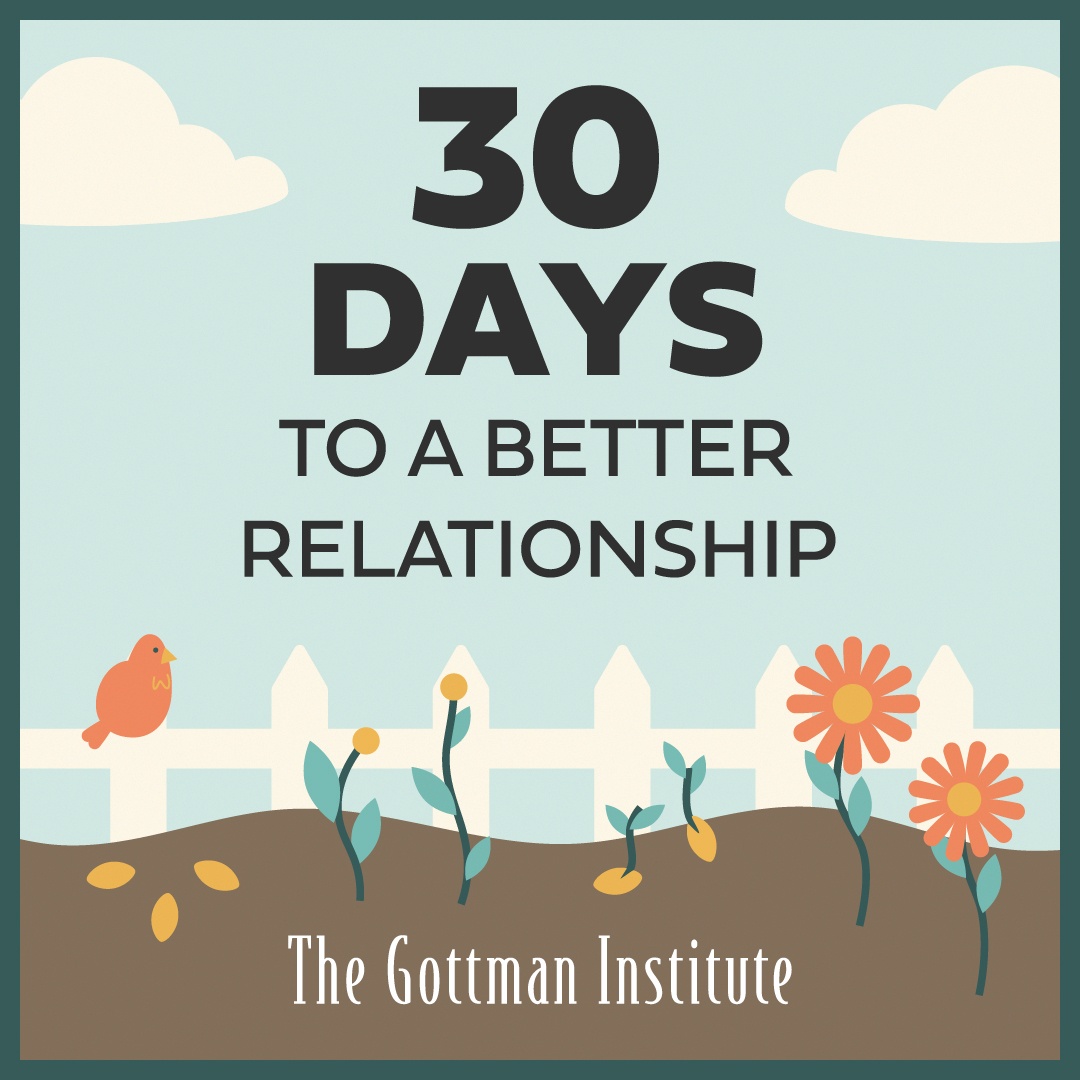Over the years of moderating a popular parenting page on Facebook, I have had the opportunity to listen to many parents voice their concerns about changing their parenting paradigms to peaceful, positive parenting. One of the major goals of positive parenting is to raise emotionally intelligent children, and this is because research has shown that children with high emotional intelligence are less defiant, mentally healthier, and more successful both academically and in relationships.
Emotional intelligence is the ability to understand, evaluate, and regulate emotions. In our quest to raise emotionally intelligent children, positive parents understand the importance of accepting a child’s feelings. A common misconception is that accepting all feelings means accepting all actions resulting from those feelings, leading to an unruly and disrespectful or spoiled and coddled child.
Feelings are neither right nor wrong. They simply are what they are. We feel what we feel. What we do with those feelings, though, is extremely important, and that is a large part of emotional intelligence. It’s not about just understanding and accepting feelings but also teaching children appropriate actions around those feelings.
Therefore, if we did accept all actions, we wouldn’t be teaching the child how to manage herself during emotional storms or how to respond to others in emotional distress. This wouldn’t grow an emotionally intelligent child but rather an emotionally reactive one. Understanding and validating emotions is only half of the equation.
A common practice in conventional child discipline is to not accept the child’s feelings or actions, but to attempt, instead, to correct both.
In this exchange, the child gets disciplined both for his feelings and his actions:
Parent: Why did you push Tommy down?
Child: He stole my truck!
Parent: It’s just a toy. No need to get angry!
Child: But it’s MINE! Make him give it back.
Parent: You have to learn to share. Go to time-out for pushing Tommy. You know better.
On the other hand, some parents accept both feelings and actions, not correcting either one. This, of course, is permissive and generally doesn’t have a good outcome.
Parent: Why did you push Tommy down?
Child: He stole my truck!
Parent: You’re mad that he took your truck. I understand. That wasn’t nice of him, was it?
Child: No! It’s MINE! Make him give it back.
Parent: Let’s go get your truck back from Tommy.
So, here the child feels validated in his anger, which is good, but he also feels validated in pushing Tommy down. This sends the message that it’s okay to hurt others when you’re upset and doesn’t teach him how to manage his behavior during emotional waves.
When we accept feelings and limit behaviors, we teach children that their emotions are a normal human experience and they are responsible for how their actions surrounding those emotions. Being both accepting and empathetic as well as firm and decisive is the essence of positive parenting. Let’s see how that plays out with the same scenario.
Parent: Why did you push Tommy down?
Child: He stole my truck!
Parent: You’re mad. I get it; however, I won’t let you push people down. Come and sit with me until you’re calm.
Child: But it’s MINE! Make him give it back!
Parent: I want you to sit with me now. We will get the truck when you’re not angry.
Employ a time-in until child’s anger has subsided. There are many things to do to teach a child how to regulate his emotions, from deep breaths, coloring, hugs, visualization, and jumping jacks. Different things work for different children, and you will know what calms down your child.
The discipline comes after the storm passes.
Parent: You did great at calming down! Look at Tommy’s face. How do you think he’s feeling? How do you think you would feel if you were pushed down? (Teaching a child to put himself in another’s place encourages empathy). How can you make him feel better and get your truck back?
Child: I don’t know.
Parent: When someone hurts me, I feel better when they apologize. Do you think that would help Tommy? (Forced apologies don’t hold much weight, but I always suggest it in teaching my child how to repair relationships. I’ve found they always choose some way to say they are sorry, especially when they’re not forced to say it but instead we have focused on empathy for others.)
Child: I guess so, but I want my truck!
Parent: Use your words and ask him. I would say, “Tommy, I’m sorry I pushed you down. I want my truck back, please.” How does that sound to you?
When we don’t accept feelings, we inadvertently cause children to feel frustrated and possibly think there is something wrong with them because of how they feel. This almost certainly leads to more negative behavior and possibly a negative self-concept as well.
When we accept all feelings and actions, we don’t teach them how to manage themselves, and people who act impulsively on their wide range of emotions don’t fare well in life. Accepting feelings and limiting behaviors teaches that emotions are normal but that we have a responsibility to manage ourselves well, and this is the best way to raise emotionally intelligent children.
*Editor’s Note: Purchase Emotion Coaching: The Heart of Parenting video program and other resources for parents at the Gottman Store This article originally appeared on creativechild.com and has been reprinted with the author’s permission.








